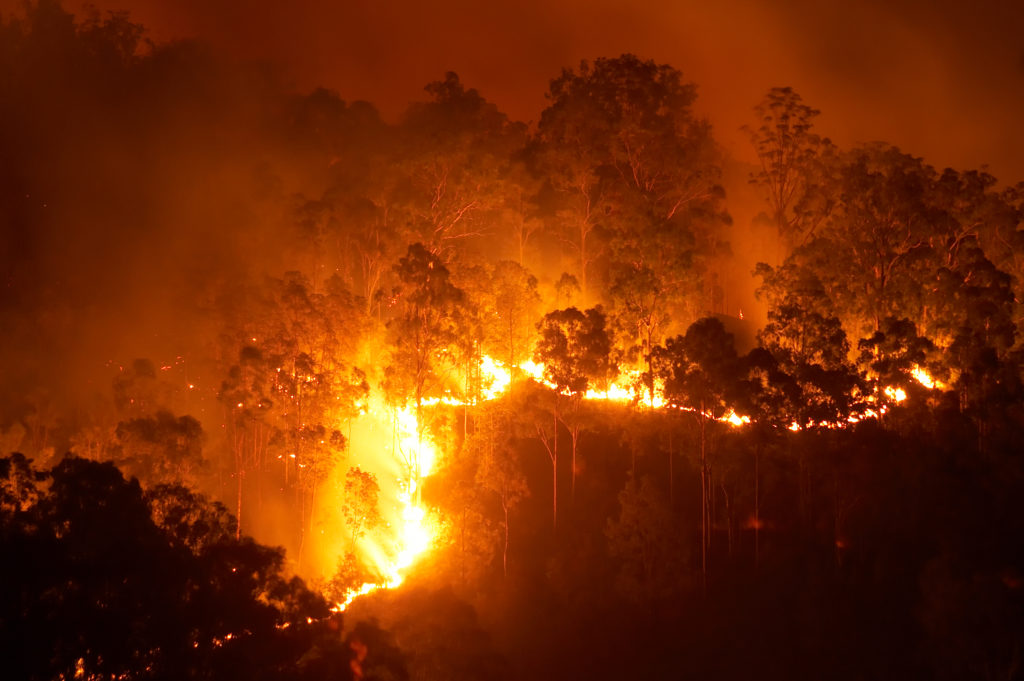Opening the Secrets of Bushfire Danger Assessment: The Duty of a BAL Report
Opening the Secrets of Bushfire Danger Assessment: The Duty of a BAL Report
Blog Article
Exactly How BAL Record Impacts Shrub Fire Protection Measures
In the world of bush fire security, the Building Attack Level (BAL) record stands as a crucial tool that significantly affects the safety and security and durability of residential properties in fire-prone locations - BAL Report. The impact of a BAL evaluation prolongs much beyond simple documentation; it acts as the keystone for establishing the appropriate building and construction standards and fire protection procedures necessary to minimize the risks positioned by bushfires. As neighborhoods face increasingly extreme fire seasons, comprehending exactly how the BAL record forms these protective actions comes to be extremely important for policymakers, building contractors, and home owners alike
Comprehending the Bushfire Attack Level

Significance of BAL Report Evaluation

Furthermore, the BAL report assessment works as a foundational step in adhering to legal obligations and requirements connected to bushfire defense. Local councils and authorities frequently mandate the entry of a BAL report as component of the planning and building approval process to make sure that residential or commercial properties are adequately guarded versus bushfire dangers. Failing to carry out a complete BAL record analysis can result in insufficient protection actions, leaving residential or commercial properties at risk to ruining bushfire events.
Construction Standards Based on BAL
A comprehensive understanding of the Bushfire Strike Degree (BAL) enables home owners to apply building and construction standards customized to their particular danger account. Building and construction requirements based upon BAL are essential in reducing the influence of bushfires on residential or commercial properties. The BAL ranking classifies the possible threat a building deals with throughout a bushfire on a scale from BAL-Low to BAL-FZ (Fire Zone) Each BAL degree corresponds to specific construction needs described in the Australian Common AS3959-2018 Building And Construction of Buildings in Bushfire-Prone Areas. For example, residential or commercial properties identified as BAL-Low might only call for fundamental procedures such as removing particles and keeping yards, while those in higher BAL groups require more durable measures like coal displays, fireproof materials, and sealed home windows. Abiding by these building requirements not only boosts the structural strength of the residential or commercial property however also boosts the overall safety and security of citizens during a bushfire event. Therefore, homeowner need to very carefully consider their BAL rating and adhere to the corresponding building and construction requirements to appropriately safeguard their homes and occupants.
Implementing Fire Security Steps
With the foundation of building review and construction standards based on Bushfire Attack Degree (BAL) in area, the emphasis now changes in the direction of the sensible execution of fire security measures to fortify properties versus bushfire threats. Passive procedures consist of utilizing fire-resistant building products, installing ash guards on vents, securing gaps in roofing systems and wall surfaces, and maintaining a clear area around the building free from flammable plant life. By incorporating both passive and energetic approaches, residential properties can dramatically decrease their vulnerability to bushfire events and boost the safety of passengers.
Shielding Residences Against Bushfires
Efficiently safeguarding homes versus the destructive influences of bushfires needs a proactive and detailed approach to fire security steps. Furthermore, sealing vents and voids to protect against cinder intrusion, as well as integrating fireproof doors and home windows, can assist strengthen the home's protection against bushfires. By welcoming an aggressive stance and incorporating these safety actions, house owners can dramatically increase their chances of securing their homes versus bushfires.
Verdict
To conclude, the Bushfire Attack Degree (BAL) report plays an important you can try these out role in establishing the required defense steps against bushfires. By examining the BAL, building standards can be tailored to mitigate the threats and guarantee the safety and security of homes in fire-prone areas. Carrying out fire security procedures based upon the BAL record is vital in safeguarding properties from possible bushfire hazards. It is necessary for house owners to focus on BAL analyses and comply with recommended building requirements to improve bushfire durability.
In analyzing bushfire threat to properties, recognizing the Bushfire Attack Level (BAL) is an essential part for carrying out reliable security measures. In general, a clear understanding of the Bushfire Assault Level is important for applying sufficient protection procedures and mitigating the effect of bushfires great site on residential properties.

Report this page